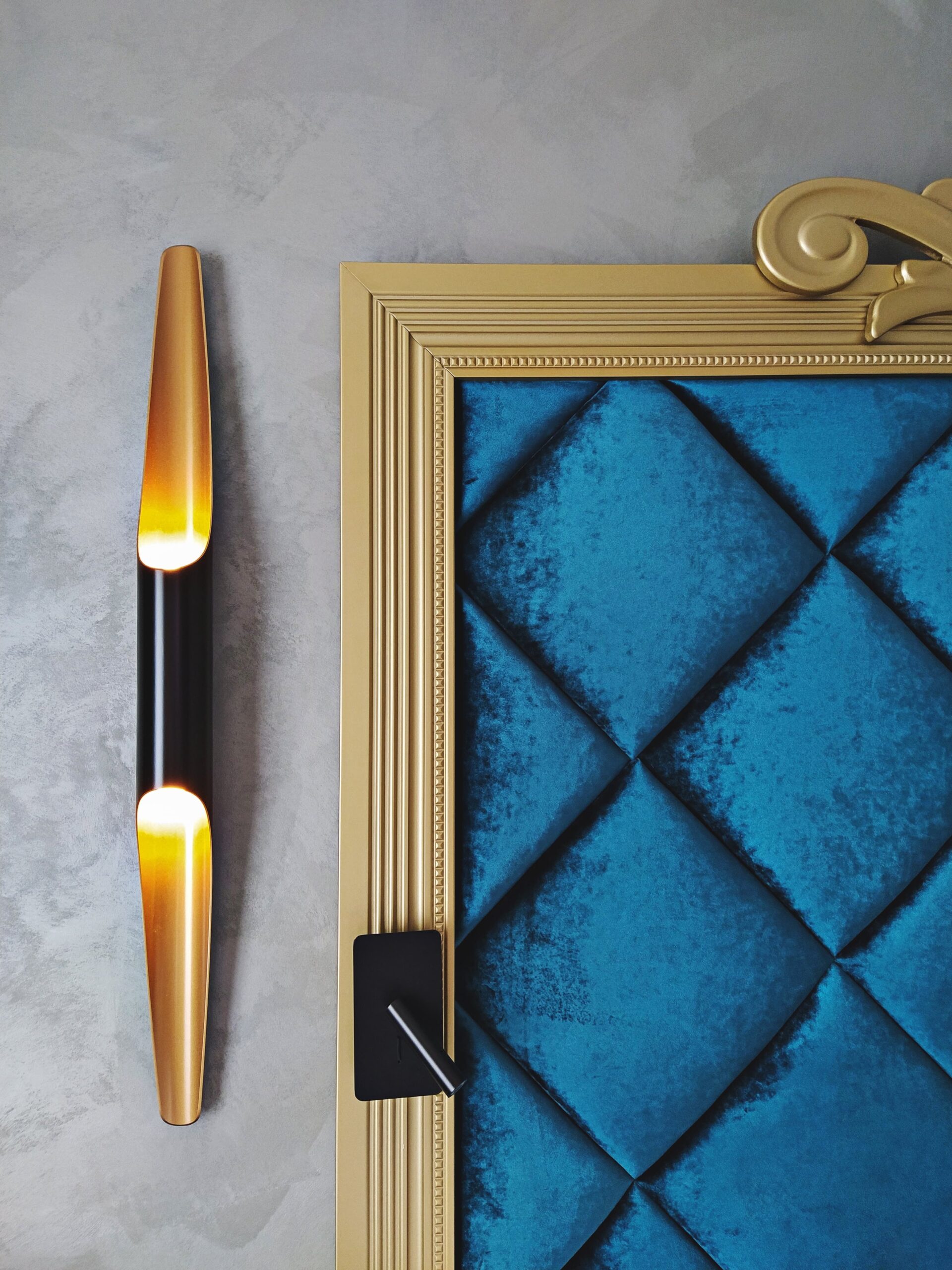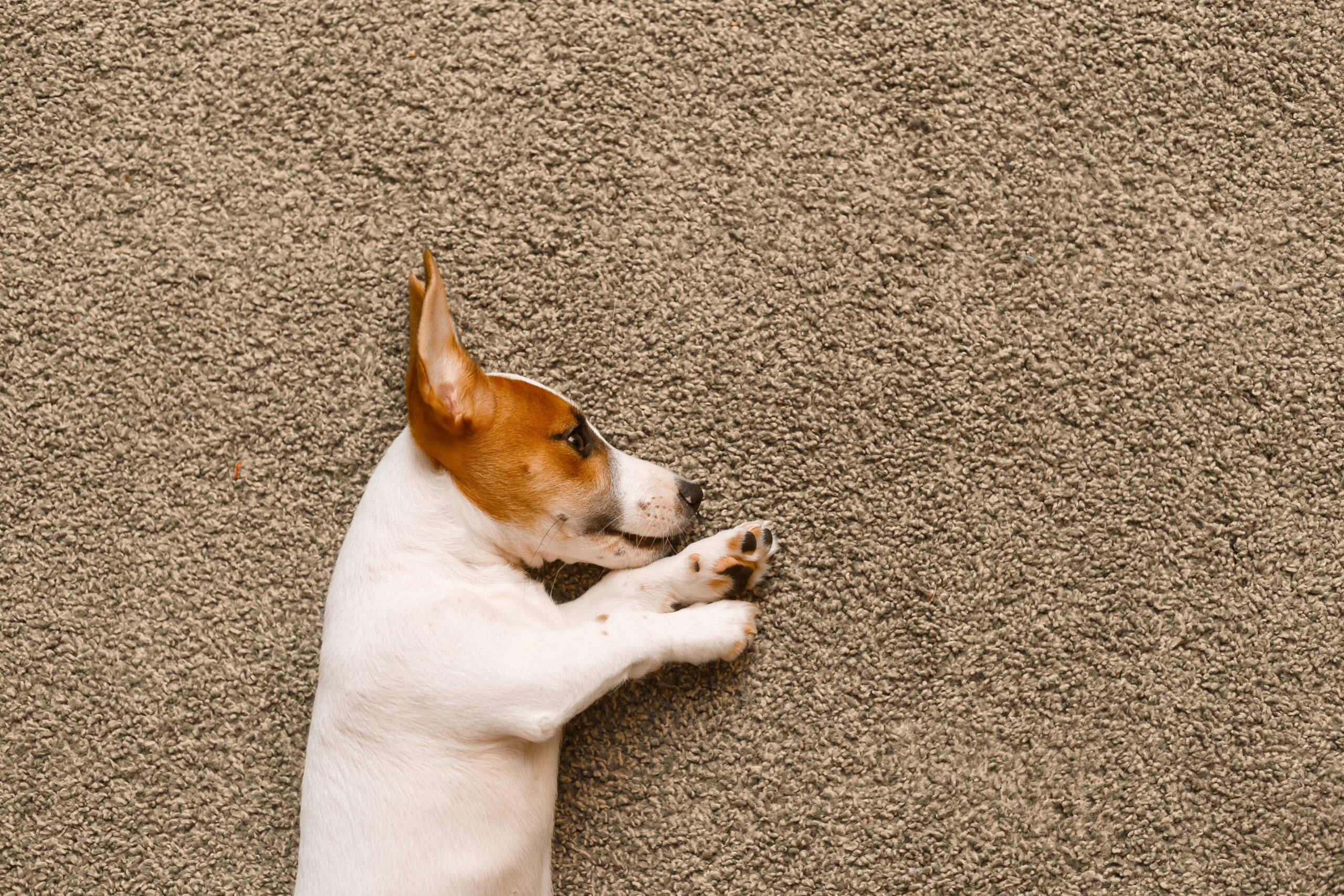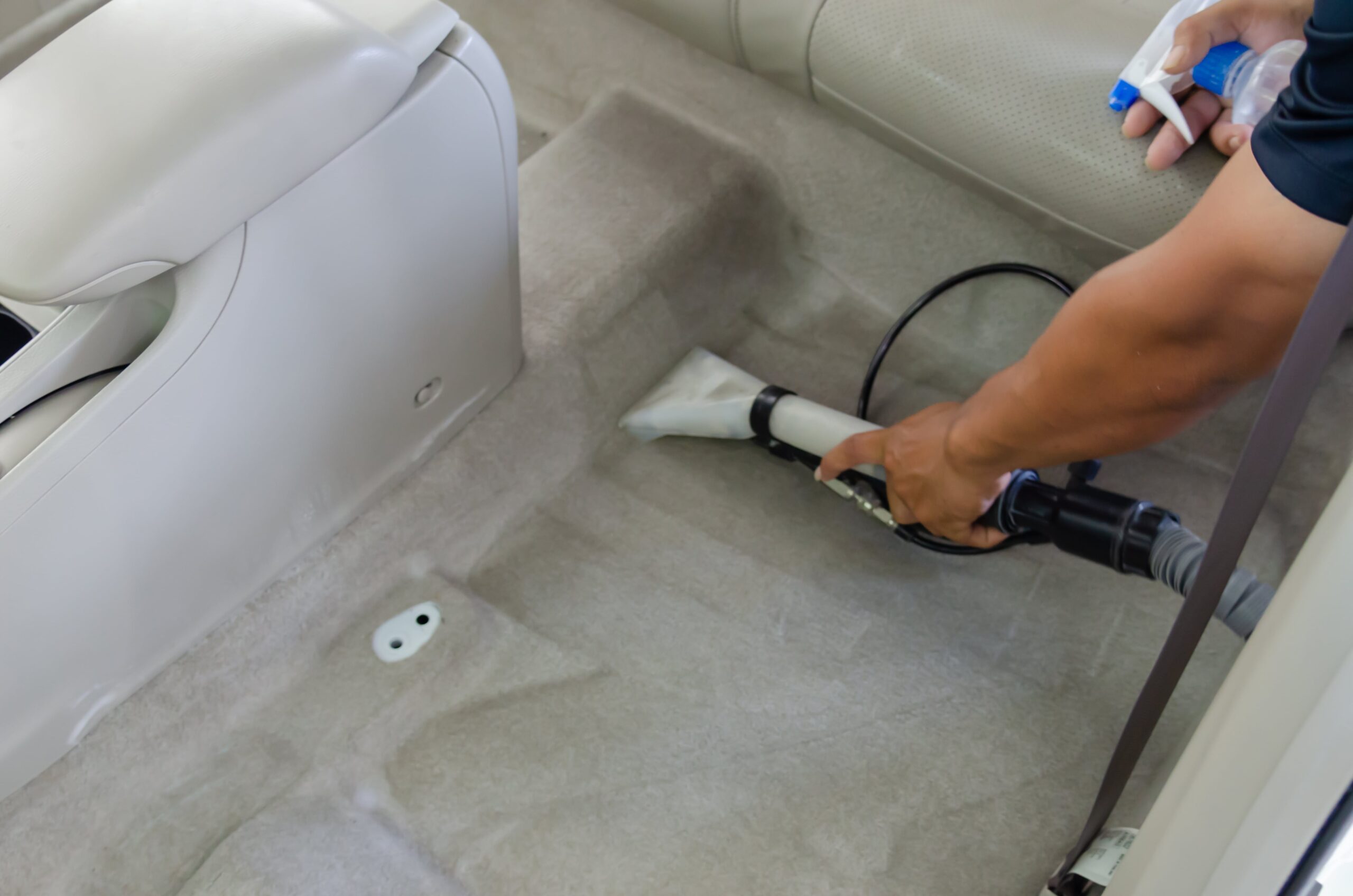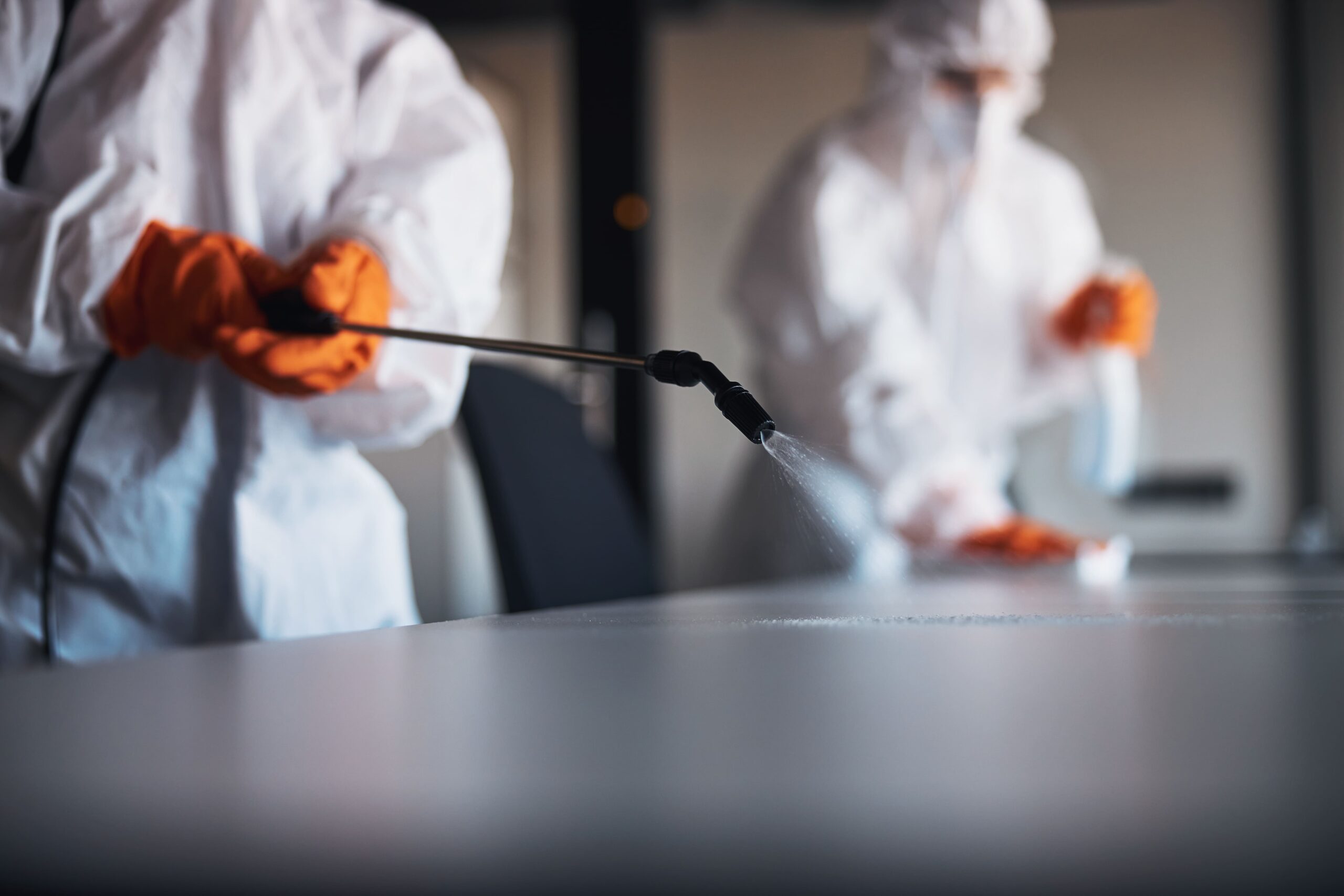In the 17th and 18th centuries, upholstered walls became more commonplace as advancements in textile production made them more accessible. Handwoven fabrics and later machine-produced textiles allowed for a wider range of options in terms of colors, patterns, and textures. This era saw the development of techniques to attach fabric to walls, often using wooden battens or laths to create a smooth and elegant surface.
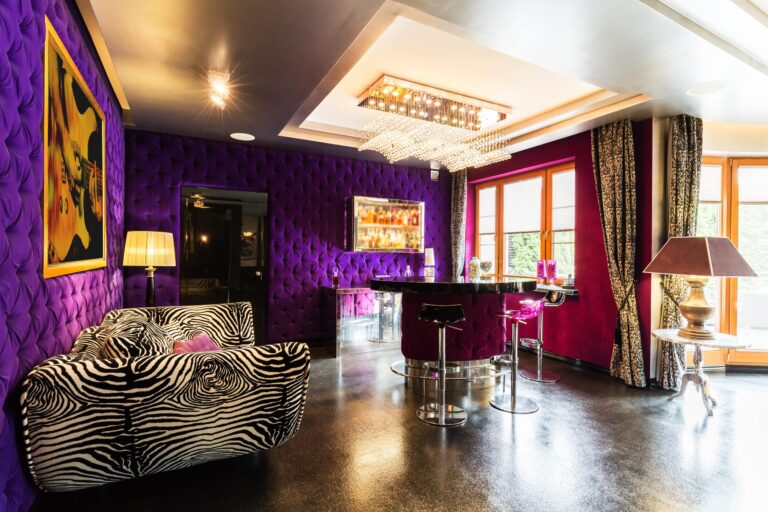
Upholstered walls experienced a resurgence in popularity during the Victorian era, with an emphasis on rich fabrics and ornate designs. The use of textiles extended beyond the upper classes, reaching a broader range of homes and interior spaces.
In the modern era, upholstered walls have evolved with innovations in design, materials, and technology. While the primary functional purpose of insulation and noise reduction remains relevant, today’s upholstered walls also serve as creative elements that contribute to the overall aesthetic of a room. With the advent of various fabrics, including synthetic materials and eco-friendly options, as well as adhesive techniques, the possibilities for designing upholstered walls have expanded significantly.
From their ancient origins to their contemporary interpretations, upholstered walls continue to captivate and inspire, bridging the worlds of art, design, and functionality in interior spaces around the globe.
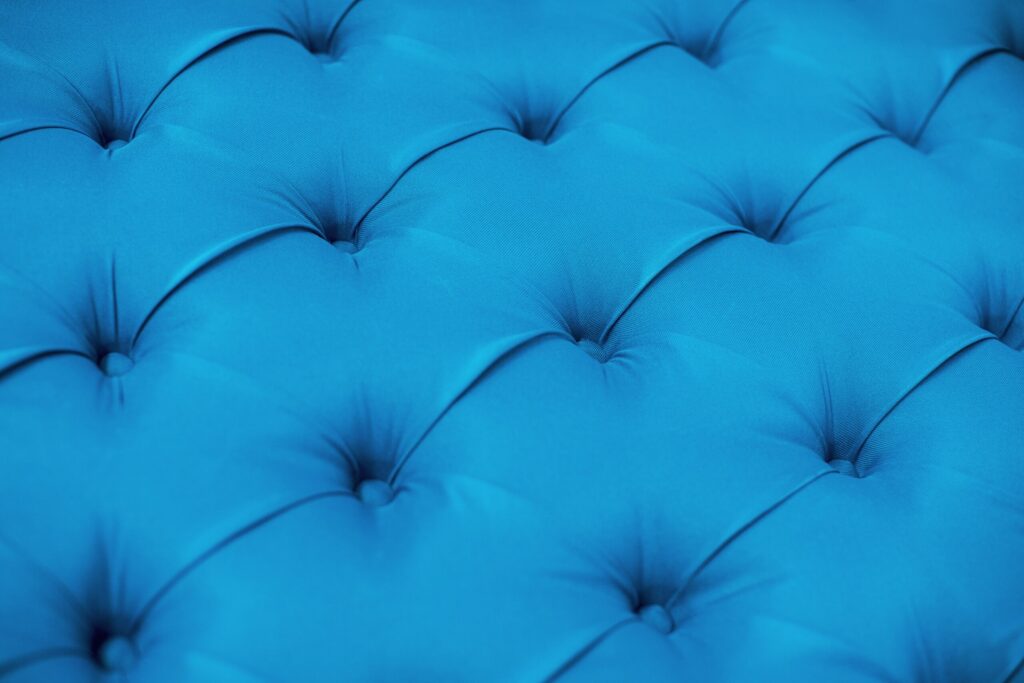
Upholstered walls add a touch of luxury and comfort to any room, creating an ambiance of warmth and sophistication. However, these fabric-covered surfaces are prone to collecting dust, stains, and dirt over time. To maintain their beauty and extend their lifespan, proper cleaning and care are essential. In this article, we will explore effective tips for upholstered wall cleaning that will help you preserve the elegance of your interior spaces.
Regular Dusting Start with regular dusting using a soft-bristle brush or a microfiber cloth. Gently brush or wipe the surface to remove loose dust and debris. This prevents dirt from embedding itself into the fabric fibers and maintains a clean appearance.
Vacuuming Use a soft brush attachment on your vacuum cleaner to gently remove dust and debris from the upholstered walls. Work in a gentle, vertical motion to prevent pushing dirt further into the fabric. Vacuuming helps keep the fabric looking fresh and prevents the accumulation of allergens.
Spot Cleaning Address stains and spills promptly to prevent them from setting into the fabric. Blot the stain gently with a clean, damp cloth, working from the outside of the stain towards the center. Avoid rubbing, as it can spread the stain and damage the fabric.
Mild Cleaning Solution For more stubborn stains, create a mild cleaning solution by mixing a small amount of mild liquid detergent with warm water. Test the solution on a hidden area of the upholstered wall to ensure it doesn’t cause discoloration or damage. Gently dab the stained area with the solution using a clean cloth, then blot with a damp cloth to remove any residue.
Professional Cleaning Consider professional cleaning for your upholstered walls, especially if they are heavily soiled or have accumulated grime over time. Professional cleaners have the expertise and equipment to clean delicate fabrics effectively without causing damage.
Preventive Measures To minimize the need for frequent cleaning, take preventive measures. Keep pets away from upholstered walls to avoid pet hair and dander buildup. Place furniture away from the walls to prevent friction and fabric abrasion. Additionally, consider using washable slipcovers or fabric protectors to shield the upholstered walls from potential stains.
Sunlight and Humidity Upholstered walls can fade and deteriorate when exposed to direct sunlight for extended periods. Ensure the room is well-ventilated and maintain optimal indoor humidity levels to prevent mold and mildew growth, which can damage both the fabric and the wall underneath.
Professional Assessment If you’re unsure about the cleaning methods suitable for your specific type of upholstered wall, consult the manufacturer’s guidelines or seek advice from a professional cleaners. Using improper cleaning techniques can lead to irreversible damage.

